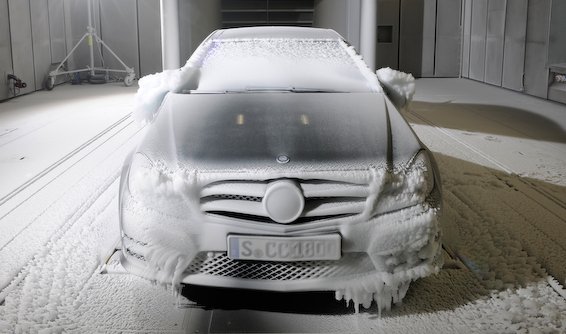What Is Climatic Testing?
Image source: carwow.com
The Different Types of Climatic Tests
Climatic testing is a process of subjecting products and materials to a variety of environmental conditions, such as temperature, humidity, and wind, in order to assess their performance and durability. There are many different types of climatic tests, each designed to test different aspects of a product's performance.
One of the most common types of climatic tests is the temperature test. Temperature tests are used to assess how a product will perform in extreme heat or cold. Products are typically subjected to both high and low temperatures in order to simulate real-world conditions.
Humidity tests are another common type of climatic test. These tests are used to assess how a product will perform in high humidity environments. Products are typically subjected to both high and low humidity levels in order to simulate real-world conditions.
Wind tests are another type of climatic test. These tests are used to assess how a product will perform in high wind environments. Products are typically subjected to both high and low wind speeds in order to simulate real-world conditions.
Climatic testing is an essential part of the product development process. By subjecting products to realistic environmental conditions, manufacturers can ensure that their products will be able to withstand the rigors of the real world.
Why Is Climatic Testing Important?
Climatic testing is important because it helps ensure that products will perform as intended in a variety of environmental conditions. By simulating the conditions that a product is likely to encounter during its lifetime, manufacturers can identify and address potential problems before they occur. Climatic testing can also help optimize product design for specific environments, improving both performance and reliability.
What Are Some of the Most Commonly Tested Environmental Conditions?
There is a wide range of environmental conditions that can be simulated during climatic testing, but some of the most common include temperature, humidity, wind, rain, snow, and ice. By varying the levels of these conditions, manufacturers can simulate a wide range of real-world scenarios and assess how their products will perform under different conditions.
How to Perform a Climatic Test
There are many ways to approach climatic testing, but here is one method that can be used to test the effects of temperature and humidity on your product:
Set up your test chamber. This can be done by either renting or purchasing a climatic chamber, or by building your own using a controlled environment room.
Place your product inside the chamber. Make sure that it is properly secured so that it will not move during the test.
Turn on the chamber and set it to the desired temperature and humidity levels.
Allow the product to be tested for the specified amount of time. This will typically range from 24 hours to several weeks, depending on the severity of the conditions being simulated.
Remove the product from the chamber and check for any signs of damage or degradation. If there is any, make note of it so that you can assess how well your product held up under the conditions.
What Are the Results of a Climatic Test?
A climatic test is a test that is conducted in order to determine the effects of a particular environment on a product. This type of testing is often used in order to determine the effects of temperature and humidity on a product. Climatic tests can be used to test the effects of both extreme and moderate climates on a product.
Climatic testing is an important process that helps ensure the quality of products. By subjecting products to extreme temperatures, humidity, and other conditions, manufacturers can identify potential issues and make changes to improve the durability of their products. While it may seem like a costly and time-consuming process, climatic testing can save companies money in the long run by reducing warranty claims and product returns.

